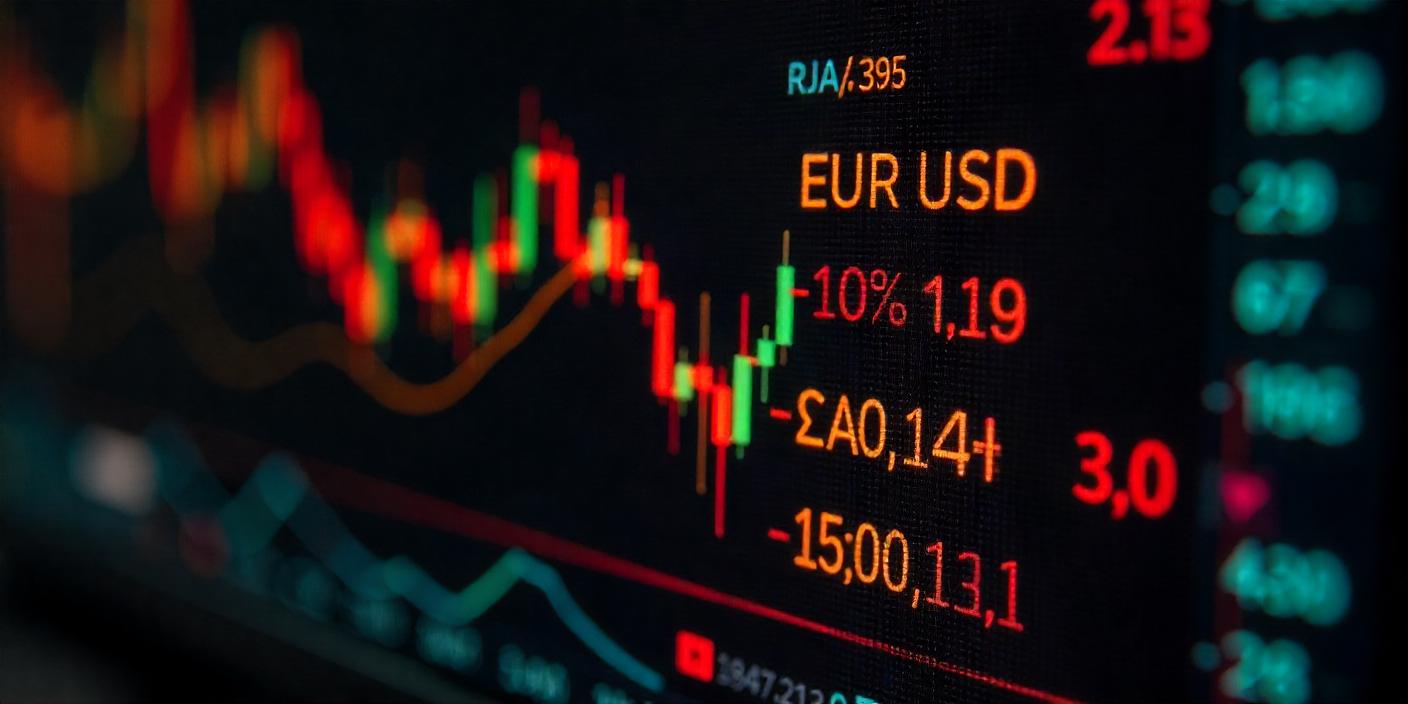Market Overview
Significant developments in global trade and geopolitical relations continue to shape market sentiment and expectations. This section outlines the key international events impacting financial markets.
The United States has officially withdrawn from mediation in Ukraine peace talks, shifting negotiation responsibility directly to Russia and Ukraine. This comes after months of gridlock, Russia’s dismissal of U.S.-supported proposals, and waning U.S. interest due to lack of progress.
In the Middle East, geopolitical risk has intensified. A hypersonic ballistic missile strike—claimed by Houthi rebels—targeted Israel’s Ben Gurion Airport. Despite Israel’s interception attempts using THAAD and Arrow systems, the missile was not neutralized. Resulting injuries and flight suspensions triggered strong military responses from both Israel and the U.S., suggesting potential escalation.
In Southeast Asia, tensions between China and the Philippines over the South China Sea are escalating. Incidents near Sandy Cay, coupled with U.S.-Philippine military exercises, have heightened friction. China continues to assert territorial dominance, while the Philippines defends sovereignty with American support. This remains a critical flashpoint.
Adding pressure to global markets, 11 Commonwealth of Independent States (CIS) nations—Russia, Belarus, Ukraine, Armenia, Azerbaijan, Kazakhstan, Kyrgyzstan, Moldova, Tajikistan, Turkmenistan, and Uzbekistan—announced plans to stop using the U.S. dollar in international transactions by 2025. This “de-dollarization” signals a growing challenge to U.S. financial dominance.
Despite these geopolitical risks, market focus remains on upcoming Federal Reserve decisions, global trade policy, and former President Trump’s proposed tariffs. However, these international developments should not be underestimated—they heavily influence market volatility and sentiment.
Market Analysis
GOLD
Gold prices are climbing on increased geopolitical tensions. Currently nearing the EMA200 and the lower boundary of a consolidation zone, this area may act as resistance before further movement. While U.S.-China trade progress offers optimism, South China Sea unrest may hinder cooperation. MACD and RSI indicate building bullish momentum. Until a breakout confirms direction, cautious optimism remains our forex entry strategy.
SILVER
Silver is under renewed selling pressure after failing to breach the EMA200. MACD confirms bearish momentum, and RSI is trending lower from overbought territory. This suggests further downside potential, making precise market entry crucial for short-term traders seeking selling opportunities.
DXY (U.S. Dollar Index)
The Dollar retains a bullish posture after rebounding from the EMA200. MACD is on the verge of a bullish crossover, while RSI supports continued upside. However, fundamentals signal caution:
- June rate cut odds down to 37% (from 64%)
- NFP at 177K vs. 130K forecast
- March NFP revised down to 185K
- Tariff effects not yet priced in
Slower job growth is expected. The next moves for the Fed—and the Dollar—hinge on upcoming data. Timing your trades in forex will be key in this uncertain phase.
GBP/USD
GBP/USD remains in technical consolidation. Despite being below the EMA200, structure shows potential for bullish recovery. MACD is flat, and RSI suggests mild bearish continuation. A clear breakout is needed before committing to a directional move. Traders should wait for trading signal indicators before entry.
AUD/USD
The Aussie is showing bullish momentum. MACD and RSI both support continued upside as the pair recovers from prior overbought conditions. If U.S.-China trade talks progress, AUD could extend gains. This pair currently favors buyers using a structured forex entry strategy for breakout trades.
NZD/USD
NZD/USD is gaining bullish traction. MACD and RSI are trending up, suggesting renewed buying interest. A previously overbought state has reset, giving more room for upside. With markets pricing in a 25bps cut and expectations for a 2.75% rate floor by October, sentiment favors bulls—though optimal trade timing remains essential.
EUR/USD
EUR/USD is range-bound. MACD and RSI are flat, showing no conviction. Traders should avoid premature entries until a decisive breakout or breakdown materializes. Until then, remain neutral and rely on trading signal indicators for confirmation.
USD/JPY
USD/JPY is developing a potential bullish reversal. The EMA200 is upward-sloping, and RSI is rebounding from oversold territory. MACD also signals strengthening bullish sentiment. Though the pair remains within consolidation, the structure leans bullish. Precise market entry opportunities may develop soon.
USD/CHF
USD/CHF holds a bullish bias amid consolidation. While MACD and RSI suggest stability, confirmation through a breakout is still needed. If prices remain above moving averages, the outlook favors upside—but caution is warranted until volatility picks up.
USD/CAD
USD/CAD continues to consolidate in a broader bearish trend. Lack of momentum and range-bound behavior means no current directional signal. As with other consolidations, forex entry strategy should be based on breakout validation.
COT Reports Analysis
- AUD – WEAK (4/5)
- GBP – STRONG (4/5)
- CAD – WEAK (3/5)
- EUR – STRONG (5/5)
- JPY – STRONG (5/5)
- CHF – WEAK (2/5)
- USD – MIXED
- NZD – STRONG (2/5)
- GOLD – STRONG (2/5)
- SILVER – STRONG (5/5)
Final Thoughts
As geopolitical conflicts intensify and de-dollarization gains momentum, markets are being forced to reassess traditional safe havens and macro strategies. GOLD and SILVER are becoming more reactive to political risk, while major currency pairs reflect diverging fundamentals and policy outlooks.
Successful trading in this environment demands a disciplined approach to optimal trade timing, supported by strong trading signal indicators and adaptive forex entry strategies. Keep a close eye on central bank decisions and geopolitical developments—these forces will steer market direction in the weeks ahead.








